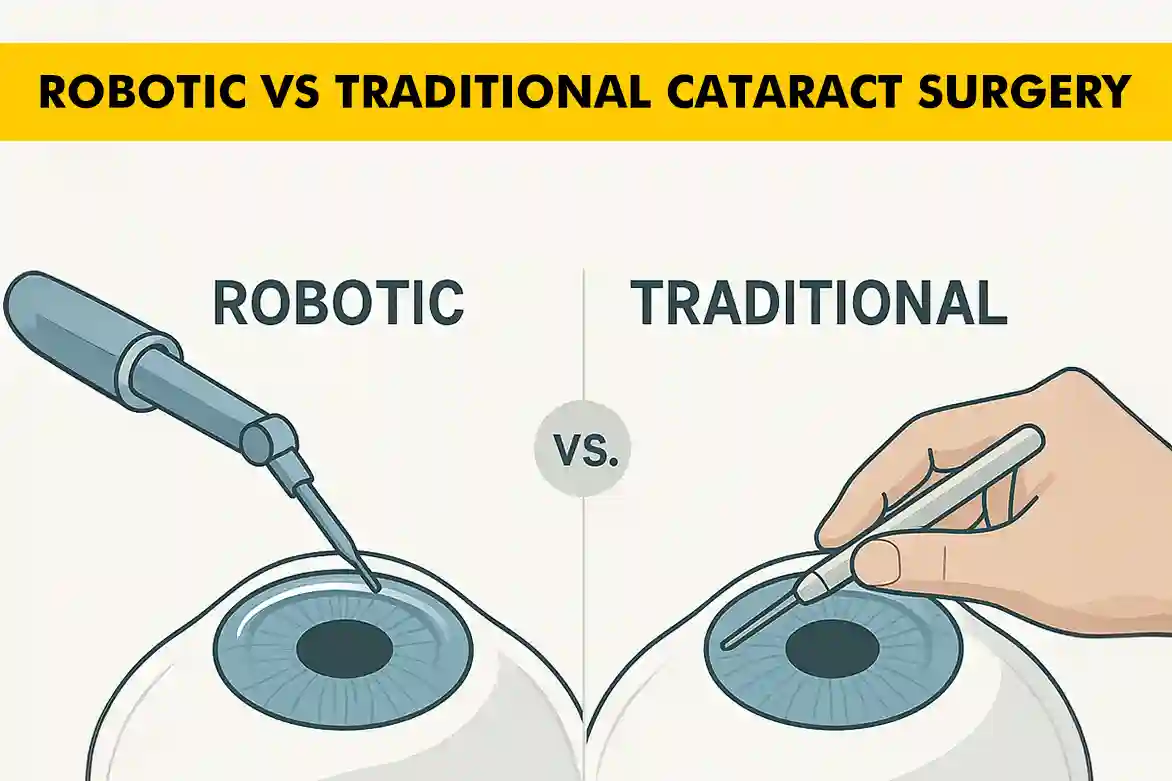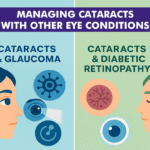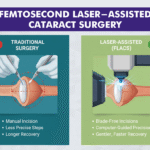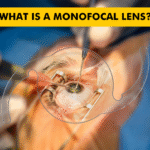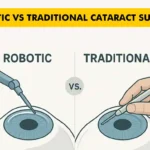Cataract surgery has been a transformative procedure for millions of people around the world. As technology advances, new methods such as robotic-assisted cataract surgery are emerging, promising greater precision and better outcomes. These innovations are not only enhancing the accuracy of the procedure but also minimizing recovery times and improving patient satisfaction. This blog explores the differences between robotic and traditional cataract surgery techniques, their benefits, limitations, and what the future holds. By delving into these advancements, we aim to provide a comprehensive understanding of how these changes are shaping the landscape of eye care.
Understanding Cataract Surgery
Cataract surgery involves the delicate process of removing the clouded lens from the eye and replacing it with a clear artificial intraocular lens. This procedure is crucial for restoring vision in patients suffering from cataracts, which can lead to significant visual impairment and even blindness if left untreated. The surgery not only improves the clarity of vision but also enhances the overall quality of life for patients, allowing them to return to daily activities with greater ease. Advances in surgical techniques have made this procedure safer and more effective, offering hope to millions who struggle with this common eye condition.
Types of Cataract Surgery
There are primarily two types of cataract surgery: traditional manual surgery and robotic-assisted surgery.
Traditional techniques, such as phacoemulsification, involve the use of ultrasonic waves to break up the cloudy lens into smaller fragments, which are then carefully removed from the eye. This method requires the surgeon to make a small incision in the eye and manually handle the instruments, relying heavily on their skill and experience to ensure a successful outcome.
Robotic-assisted surgery, on the other hand, utilizes advanced technology to enhance the precision of the procedure. This approach involves the use of robotic systems that assist the surgeon in making more accurate incisions and performing delicate maneuvers with greater control, potentially leading to improved surgical outcomes and reduced risk of complications.
The Evolution of Surgical Techniques
Cataract surgery has undergone significant evolution since its inception, marking a remarkable journey of medical advancement. In the early days, surgeons relied on manual techniques that were quite rudimentary by today’s standards. These methods necessitated making large incisions in the eye, which not only increased the risk of complications but also resulted in prolonged recovery periods for patients. The advent of phacoemulsification in the late 20th century was a groundbreaking development that transformed the field. This technique utilized ultrasonic waves to emulsify the cloudy lens, allowing for much smaller incisions and significantly reducing recovery times. It quickly became the standard practice due to its efficiency and effectiveness. Today, we stand on the brink of another revolutionary shift with the introduction of robotic-assisted cataract surgery. This cutting-edge technology represents the latest advancement in the field, offering unparalleled precision and control. By integrating robotic systems, surgeons can perform the procedure with enhanced accuracy, potentially leading to better visual outcomes and a further reduction in the risk of complications. This evolution not only highlights the progress made in surgical techniques but also underscores the ongoing commitment to improving patient care and outcomes in the realm of eye surgery.
Benefits and Limitations of Traditional Cataract Surgery
Traditional cataract surgery techniques offer several advantages:
- Shorter surgery time allows for a quicker procedure.
- Faster patient turnover is often achieved.
- Accessible to a larger population.
- Especially beneficial in regions lacking advanced technology.
- Well-trained and experienced surgeons.
- High reliability and success rates.
Limitations of Traditional Cataract Surgery:
- It heavily relies on the surgeon’s skill and experience.
- Variability in skill can significantly impact surgical outcomes.
- Dependence on manual dexterity increases the risk of human error.
- This can lead to complications or suboptimal results.
- Traditional methods may lack the precision of technology-assisted techniques.
- This can affect the overall quality of the surgical outcome.
Advantages and Challenges of Robotic Cataract Surgery
Benefits of Robotic Cataract Surgery:
- Enhanced precision in surgical procedures.
- More accurate incisions.
- Improved alignment of the artificial lens.
- Reduced likelihood of human error.
- Potentially better visual outcomes.
- Lower risk of complications.
- Greater consistency in surgical performance.
- Higher patient satisfaction.
- Faster recovery times.
Limitations of Robotic Cataract Surgery:
Robotic cataract surgery, despite its benefits, has several limitations.
- High technology costs can be a significant barrier.
- This makes it less accessible to many patients and healthcare facilities.
- Availability of robotic systems is limited, especially in resource-poor regions.
- Surgeons need specialized training to operate these advanced systems.
- Training can be time-consuming and costly.
- These factors can restrict the widespread adoption of robotic cataract surgery.
Future Prospects: What Lies Ahead for Cataract Surgery?
The future of cataract surgery appears exceptionally promising, driven by the relentless pace of advancements in robotic technology. Researchers and medical professionals are tirelessly working to push the boundaries of what is possible in eye care, continually exploring innovative methods to enhance surgical outcomes. These efforts are focused on achieving even greater precision during procedures, which can lead to improved visual results for patients. Additionally, there is a strong emphasis on reducing recovery times, allowing patients to return to their daily lives more quickly and with minimal disruption. By addressing these challenges, the future of cataract surgery holds the potential to transform the standard of care.
Choosing the Right Cataract Surgery Option
Deciding between traditional and robotic cataract surgery involves careful consideration of several critical factors:
Patient’s Specific Condition:
- Certain medical situations may make one type of surgery more suitable than the other.
- Patients with complex eye conditions might benefit more from the enhanced precision of robotic surgery.
Availability of Technology:
- Not all healthcare facilities are equipped with the advanced systems required for robotic procedures.
- This can limit options for patients depending on their location.
Financial Considerations:
- Robotic surgery often comes with higher costs.
- These costs may not be feasible for all patients.
Ensure that the chosen surgical method aligns with:
- The patient’s health needs.
- Accessibility to technology.
- Financial capacity.
Consulting with a qualified ophthalmologist is crucial as they can provide expert guidance tailored to the individual’s circumstances.
Conclusion
Both traditional and robotic cataract surgeries have their own sets of benefits and limitations. While traditional methods have a proven track record, robotic techniques offer exciting possibilities for the future. Ultimately, the choice of surgery should be tailored to the individual needs of the patient. As technology continues to advance, the integration of robotic systems in cataract surgery is expected to enhance precision and reduce recovery times, potentially transforming the standard of care. Consulting with a qualified ophthalmologist is essential to navigate these options effectively.
FAQs
Robotic cataract surgery is generally considered safer in terms of precision and reduced human error, but it is not necessarily superior in all aspects.
The cost of robotic cataract surgery in India can be significantly higher than traditional methods, potentially limiting its accessibility.
Not all patients are suitable candidates for robotic surgery.
The recovery time can vary based on individual circumstances.
Traditional cataract surgery remains highly effective and is a viable option for many patients.
Phacoemulsification, a common traditional technique, has advantages such as shorter surgery time and widespread availability.
